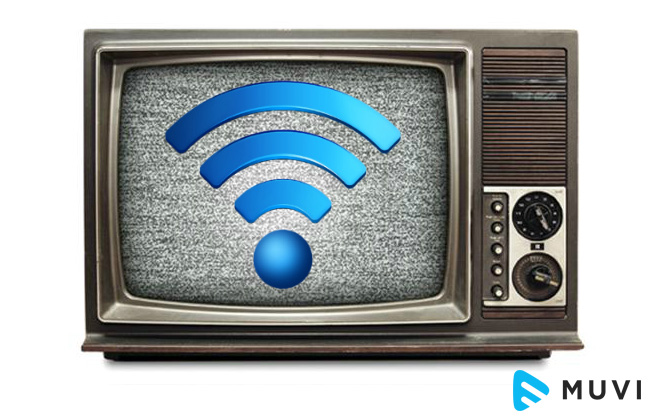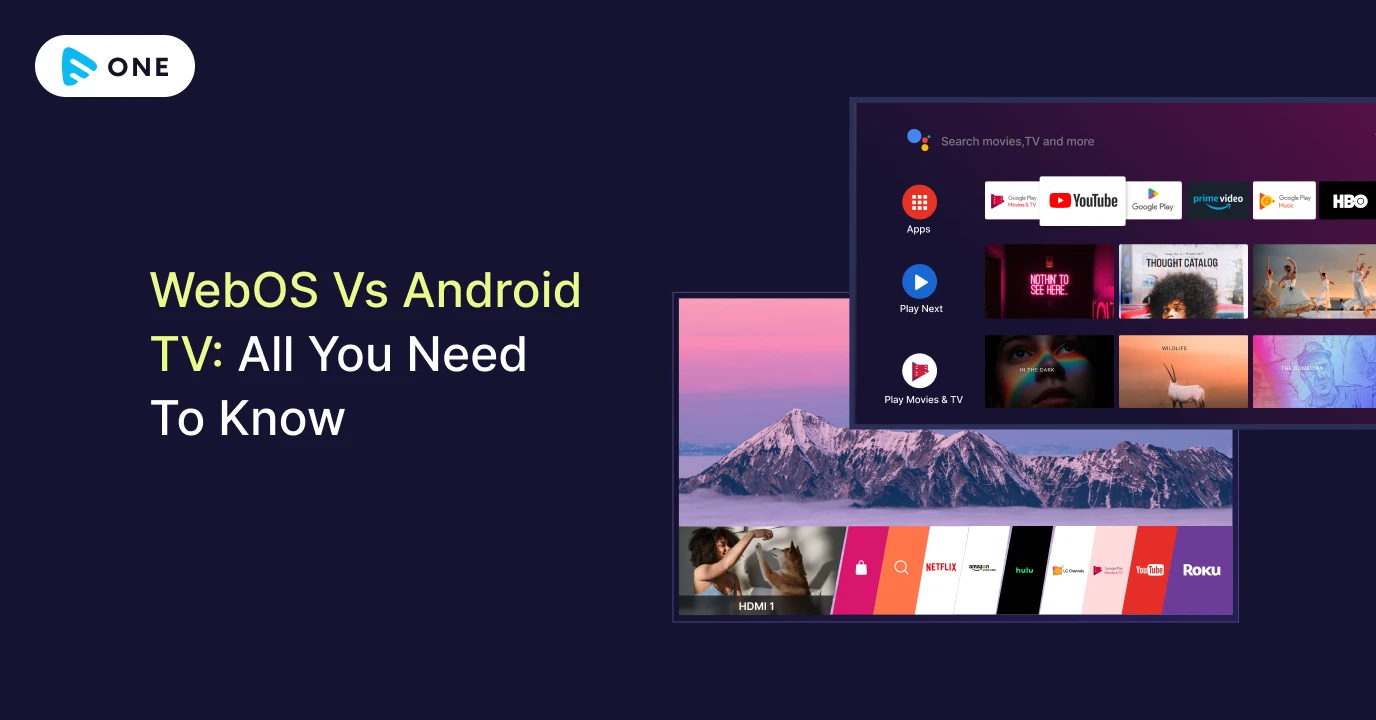Written by: Roshan Dwivedi
India could soon have access to incredibly cheap high-speed wireless internet delivered over the last mile without wires, if a Microsoft project that taps unused wireless spectrum to provide free internet to rural regions receives Govt. clearance.
Microsoft’s tech uses the unused buffer frequencies — “white spaces” — between TV channels to carry data. In India, these spaces end up being available in the 200-300 MHz spectrum band, although there are chunks of unused spectrum available in India up to 700 MHz Currently, that spectrum belongs to a national broadcaster in India, Doordarshan. White space signals can travel up to 10 kilometres, which makes the technology perfect for connecting rural or expensive-to-wire areas. For participating regions, a $20,000 white space router in a town centre would receive the white space signals and then provide free Wi-Fi access to the town’s citizens.
At the moment, Microsoft believes its technology is commercially viable, which would eventually require various regulatory agencies to approve the spectrum use. It is considerable — some have estimated that white space connectivity (at speeds up to 4 Mbps) could cost as little as $2.10 per month per user.
This discovery gives the OTT industry a major morale boost and a much needed bandwidth support. Cheaper the network access, more accessible it becomes to the average Indian and more access it gives to the customer to Video Streaming Platforms. While cable and satellite TVs are facing the flak in terms of exclusivity of content, white label VOD service providers like Netflix and Amazon have displayed their flair and mojo for acquiring and distributing content online and also applying brakes to content piracy. All in all, it’s a win-win situation for content owners and distributors both to have the content online and monetize it and pin hopes for a broader outreach.















Add your comment